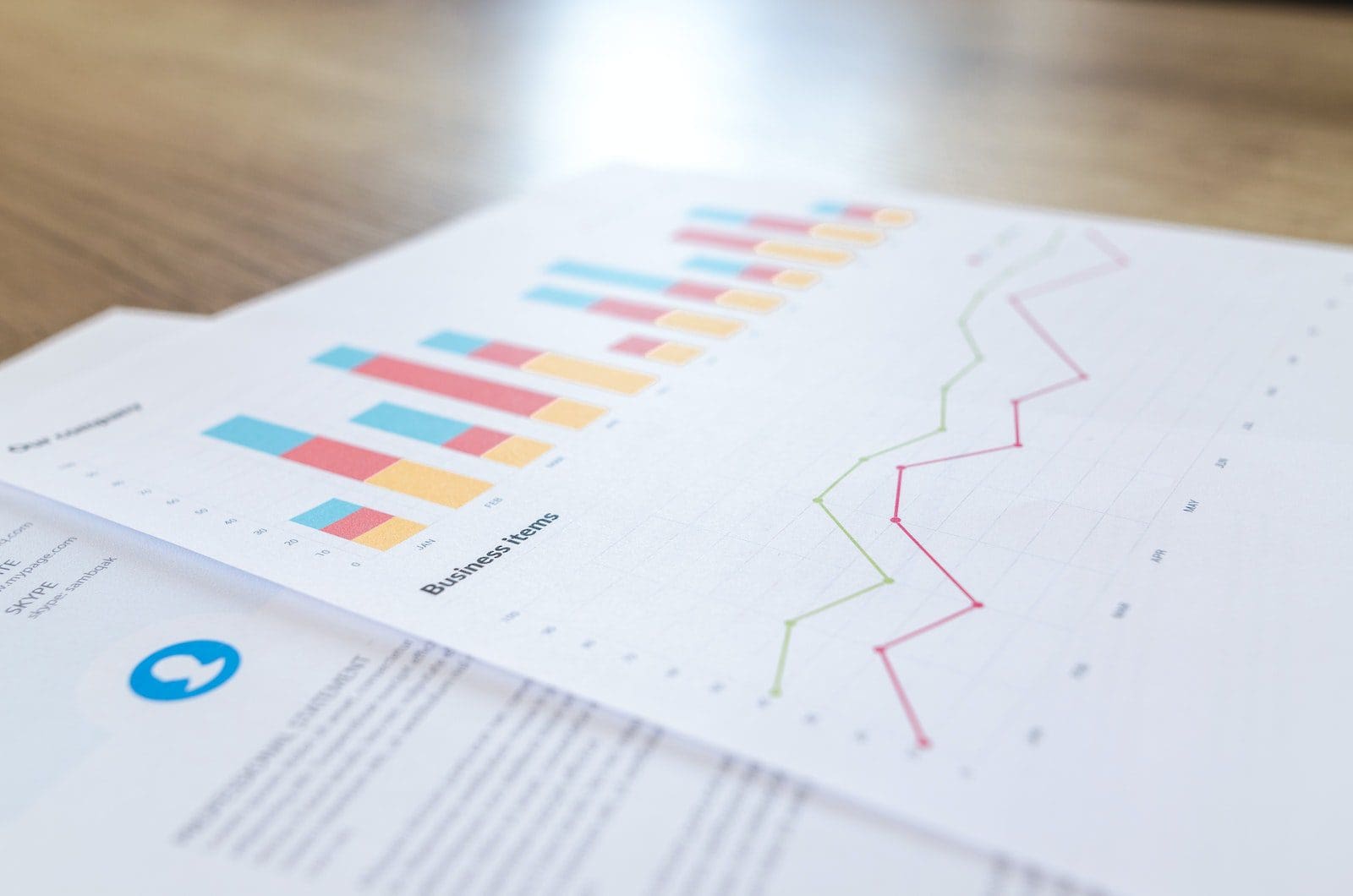Economics is the branch of social science that finds its usage in day-to-day life. It deals with concepts related to profit, production, consumption and distribution of goods and resources.
Key Takeaways
- Scope: Macroeconomics studies national and global economic systems, while managerial economics focuses on decision-making within individual businesses.
- Decision-making: Macroeconomics informs government policies and large-scale economic strategies; managerial economics guides business leaders in resource allocation and strategic planning.
- Analytical tools: Macroeconomics utilizes tools like GDP, inflation, and unemployment rates; managerial economics employs microeconomic concepts, such as supply and demand, pricing, and cost analysis.
Macroeconomics vs Managerial Economics
The difference between Managerial and Macroeconomics is that Managerial Economics uses the concepts of microeconomics to assist rational decision-making in a managerial setup. At the same time, Macroeconomics is a dedicated branch to determining economic correlations that can help better policymaking for more prominent agencies, nationals and international bodies.

Macroeconomics is the analysis and study of the several levels within an economic system with a holistic approach. It involves dealing with countries, industries, and GDPs to understand and devise effective policies at a more significant level.
When Microeconomy is put to use in a managerial set-up to determine the ideal options for effective decision-making, it is called Managerial Economics.
Comparison Table
| Parameter of Comparison | Macroeconomics | Managerial Economics |
|---|---|---|
| Definition | The branch of economics is dedicated to studying the functioning of economic systems and evaluating policy outcomes. | The branch of economics is dedicated to using theories of economics for better management decision-making. |
| Principle | Macroeconomic theories are devised by prospective analysis. | It borrows theories from Microeconomics. |
| Nature | Nature is largely theoretical | It is based on the application of principles. |
| Size and Spread | The subject of study in the case of macroeconomics is a massive economic system like countries and even multiple nations, | Since it derives its principles from microeconomics, the subject of study is limited to a smaller setup, an organisation. |
| Limitations | Since the studies are done in a vacuum, practical implications such as Taxation are ignored. | Study and application are limited to a specific project/ organisation. |
What is Macroeconomics?
Macroeconomics is a broad branch of economics dedicated to studying large-scale economic phenomena and market systems.
In Macroeconomics, the primary concern is the functioning of economic bodies and their role in overall economic development.
Governments and diplomats use macroeconomic theories to devise financial policies and address unemployment and poverty.
The critical variables in macroeconomics are;
- Input and Output – The product/produce in each economy is called its output. The output is likely to generate some income; hence the terms are used interchangeably.
- Unemployment is generated by determining the unemployment rate of an economic system. An individual is considered unemployed if they are a job seeker.
- Inflation and Deflation – The increase and decrease of overall economic prices are called inflation and deflation, respectively.

What is Managerial Economics?
Managerial Economics is the use of microeconomics theories to make better management decisions. Combining economic theories and business practices enables effective future planning for ventures.
Managerial Economics can be applied to a vast area of issues. However, it is mainly put to use in the following case.
- Risk Analysis – Quantitative risk analysis can be done to allocate decision rules for managing such risks.
- Production Analysis – Assessment of total production, economic sale and costs.
- Pricing Analysis – The company’s pricing decisions can be determined using managerial economics techniques.

Main Differences Between Macroeconomics and Managerial Economics
- While Macroeconomics is mainly theoretical, Managerial Economics has a more practical and application-based framework.
- Macroeconomic theories are constructed in a vacuum minus real-world details like taxation and cost regulation, while managerial economics is based on practical applications; hence, the details become crucial.




